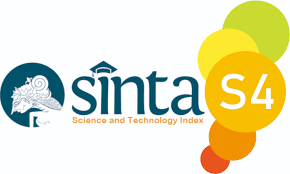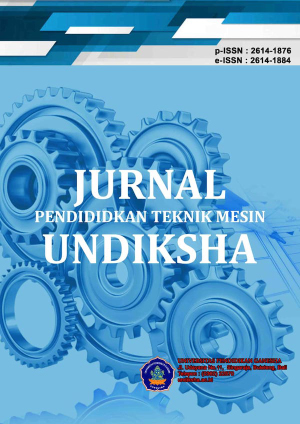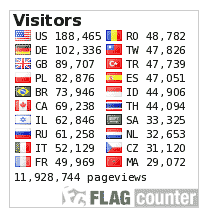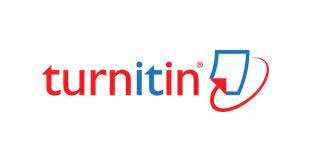PENGARUH ORIENTASI SERAT TERHADAP KEKUATAN IMPAK DAN MODEL PATAHAN KOMPOSIT POLYESTER BERPENGUAT SERAT KELAPA (COCOS VERIDIS)
DOI:
https://doi.org/10.23887/jjtm.v6i1.11236Abstract
Penelitian ini bertujuan untuk mengetahui pengaruh orientasi serat terhadap kekuatan impak dan model patahan komposit polyester berpenguat serat tapis kelapa untuk mengetahui perbandingan kekuatan impak dari orientasi serat continuous, discontinuous, dan woven. Penelitian ini merupakan penelitian metode eksperimen dengan variabel terikat kekuatan impak, dan variabel bebas yaitu orientasi serat continuous, discontinuous, dan woven. Berdasarkan hasil pengujian dan analisis data yang dilakukan didapat hasil dari perhitungan uji lanjut dengan uji t scheffe dengan nilai |t1-2|∶t = 13,65, |t1-3|∶t = 15,26, dan |t2-3|:t = 28,91. Nilai ini membuktikan bahwa hasil tersebut lebih besar dari distribusi t yang sebesar 2,228.Berdasarkan dari uji lanjut yang sudah didapat, dapat disimpulkan bahwa orientasi serat berpengaruh terhadap kekuatan impak. Orientasi serat woven lebih berpengaruh dari pada orientasi serat continuous dan discontinuous. Selanjutnya orientasi serat continuous lebih berpengaruh dari pada orientasi serat discontinuous. Secara mikroskopik pada patahan komposit, kondisi patahan menunjukkan mekanisme Fiber Pull Out, dimana pada ujung patahan terlihat ada pemutusan serat bahkan kondisi serat tercabut dari matriknya. Keadaan tersebut terjadi pada semua spesimen baik itu Continuous, Discontinuous, dan Woven. Hal tersebut dikarenakan matrik tidak mampu mengikat serat dengan baik. Pada orientasi serat Woven terlihat ada bagian serat yang tidak terkena matrik dengan sempurna (delaminasi). Delaminasi biasanya terjadi akibat terlalu rapat penyusunan serat.Kata Kunci : Kata kunci : orientasi serat, kekuatan impak, model patahan.
The objective of this research is to know the effect of fiber orientation on impact strength and fractional model of polyester fiber-reinforced composite fi ber to find out the comparison of impact strength from continuous, discontinuous and woven fiber orientation. This research is a research of experimental method with dependent variable of impact strength, and independent variable that is continuous, discontinuous, and woven fiber orientation. Based on the results of testing and analysis of data obtained obtained the results of the calculation of further tests with t test scheffe with the value | t1-2 |: t = 13.65, | t1-3 |: t = 15.26, and | t2-3 | : T = 28.91. This value proves that the result is greater than the t distribution of 2,228.Based on the further test that has been obtained, it can be concluded that the fiber orientation effect on impact strength. The orientation of woven fibers is more influential than the continuous and discontinuous fiber orientation. Furthermore, continuous fiber orientation is more influential than discontinuous fiber orientation. Microscopically on the composite fracture, the fracture condition indicates the mechanism of Fiber Pull Out, where at the fracture ends there is a fiber termination and even the fiber condition is removed from the matrix. The condition occurs in all specimens be it Continuous, Discontinuous, and Woven. This is because the matrix is not able to bind fibers well. In the orientation of Woven fibers there is a part of the fiber that is not exposed to the matrix perfectly (delamination). Delamination usually occurs due to too tightly arranged fiber.
keyword : Keywords: fiber orientation, impact strength, fracture model.
Published
2018-03-25
Issue
Section
Articles
License

Jurnal Pendidikan Teknik Mesin Undiksha is licensed under a Creative Commons Attribution-ShareAlike 4.0 International License.










